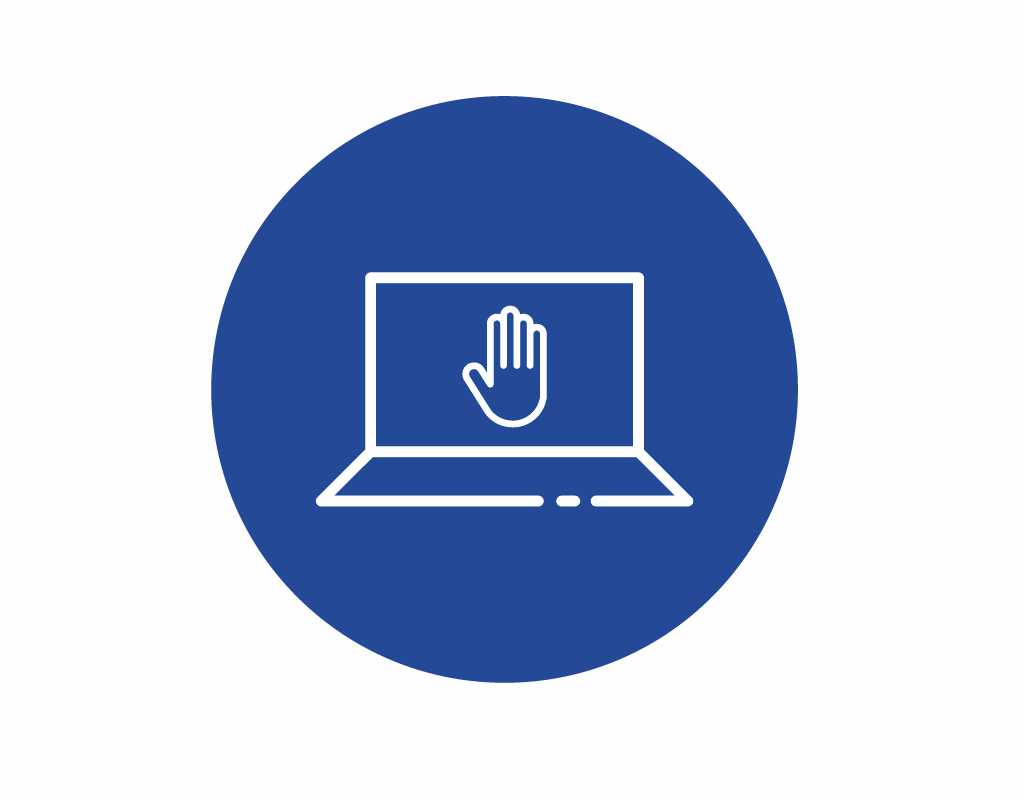The nightmares of online shopping are that something else is delivered, the goods arrive broken, nothing is delivered or that the seller doesn’t refund the money after withdrawal. About 3% of internet users fall victim to fraud each year. The European Consumer Centre by the Czech Trade Inspection Authority advises on how to prevent problems and how to get out of them.
If the consumer unpacks the parcel with the ordered goods before signing a flawless receipt, there is no problem. The seller is responsible for the goods until the moment of receipt and it is up to the seller to deal with the delivery service or the manufacturer who packaged the product if the goods arrives damaged.
“However, consumers usually do not open the package when they receive it, at most they inspect the condition of the box itself and look inside the package at home. It is therefore advisable to take step-by-step photographs of the unpacking of the parcel. It only costs a little time and it is easy to get yourself a proof that the product has already arrived damaged,” recommends Ondřej Tichota from the European Consumer Centre Czechia, noting that “there are cases of scratched watches worth hundreds or thousands of Czech crowns, but also cracked televisions worth tens of thousands crowns. Without photographs, it is often difficult to prove that the buyer has not damaged the goods because he or she has signed a perfect receipt, and it is difficult to claim a refund.”
Long-term surveys by the European Commission and other organisations show that around 3% of internet users experience fraud each year. In addition to fraudulent links in emails, text messages or chat apps, many of these relate to online purchases, where people look for the lowest price for a particular item and buy from a particular e-shop for the first time without checking the seller’s terms and conditions and other shoppers’ reviews.
If goods arrive other than those ordered or not at all and the seller does not refund the amount paid, people can – if they paid by a card – ask their bank for help. “The consumer’s bank, in cooperation with the business’s bank, can refund their card through a tool called chargeback. Banks are not obliged by law to do this, but often do so voluntarily. Similarly, a refund can be made after having paid with one of the e-wallet systems. After a payment by an account to account bank transfer, it is usually not possible to get the amount back,” says Ondřej Tichota.
If this procedure fails, consumers can turn to the alternative dispute resolution department ADR of the Czech Trade Inspection Authority. In the case of a foreign seller from another EU country, Norway or Iceland, the European Consumer Centre, which is funded by the European Commission and the Czech Republic and operates by the CTIA, can help out of court. The services of its lawyers are free of charge and the ECC also offers guidance on how to check the seller on its website www.evropskyspotrebitel.cz/podvod.
The ESC network helps consumers resolve disputes with businesses from other EU countries, Norway and Iceland free of charge. It also provides information on consumer rights in the European Single Market. It is funded by the European Commission and the participating countries. For more information, visit www.evropskyspotrebitel.cz.
